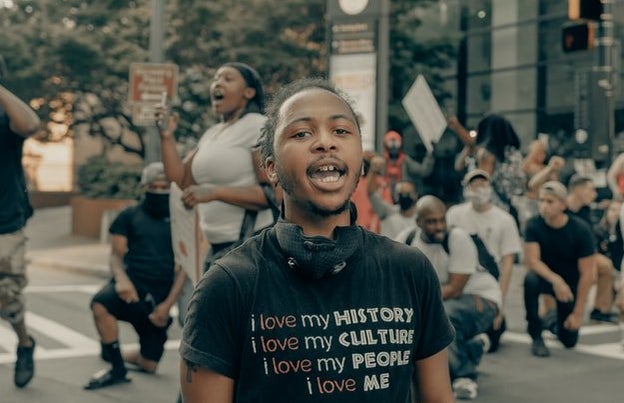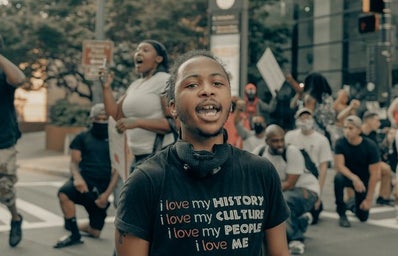The 1960s were a monumental part of history. Major events like the Vietnam War and the Civil Rights Movement shaped societal values and political ideology. This era also brought immense changes in the way individuals viewed their country and their roles in everyday life.
With this era so life-changing, it makes us think whether we would see anything like that again. Actually, I am going to make a rather bold statement: today’s society is almost exactly like that of the 1960s. Obviously the ‘60s had a different way of life, but there are many similarities that mirror the society we live in today.
Women advocating for their rights
In the 1960s, women championed for their rights in a wide range of areas, including politics, education and the workforce. Advancements such as the development of the Equal Employment Opportunity Commission gave women access to jobs and evened the playing field. However, there were still inequalities.
Similar to today, women continue to advocate for equal rights. Movements such as #MeToo, which stemmed from the issue of sexual harassment, and the Women’s March have been fueled by women who stand for equal and fair treatment. Although women do still face issues in politics, education, and the workforce (unequal pay, for instance), there have also been many gains.
A detrimental racial divide
The 1960s was primarily characterized by the Civil Rights Movement, which aimed to eliminate segregation and establish equal and fair treatment, regardless of race. This era brought prominent speakers like Martin Luther King Jr. and his peaceful civil rights marches. Rosa Parks was also a major figure who helped further the Civil Rights Movement.
Today, we unfortunately still face a detrimental racial divide. White supremacy is heightened through social media and many cruel acts are being carried out partly due to this ideology. White supremacist rallies continue to gain traction and the media reports details from these rallies, like the one in Charlottesville, Virginia.
The mobilizing of young people
The 1960s was also characterized by a strong political identity, mainly brought about by the Vietnam War. After the United States decided to send their troops to Vietnam, many groups began Anti-Vietnam protests. The driving force behind these protests? Students.
This is very similar to movements and events occurring today. Students have taken a stand against issues such as climate change, school safety and equal rights for women and minorities. A more recent movement that gained attention across the nation was March For Our Lives, a group of students who advocate for gun control.
Many ideas seen in the 1960s are reflected to some degree in today’s society. However, not all of these features are political. We also notice similarities in the entertainment industry. For example, there are certain shows and movies that we watch or have watched that were made in the 1960s. Some of these include Doctor Who, Star Trek and Sesame Street.
Overall, the 1960s are a highly comparable era to the one we live in today. At times, there is progression and, at other times, regression. Analyzing these two decades shows that history can, in fact, repeat itself.



